Electrophilic substitution reaction in Haloarenes
Step by step video solution for Electrophilic substitution reaction in Haloarenes by Chemistry experts to help you in doubts & scoring excellent marks in Class 12 exams.
Updated on:21/07/2023Similar Questions
(a) Account for the following :
(i) Electrophilic substitution reactions in haloarenes occur slowly.
(ii) Haloalkanes, though polar, are insoluble in water.
(b) Arrange the following compounds in increasing order of reactivity towards SN2 displacement: 2-Bromo-2-Methylbutane, 1-Bromopentane, 2-Bromopentane
View SolutionNucleophilic substitution reaction in Haloarenes
View Solution
Knowledge Check
This section contains Assertion and Reason type questions. Each question has 4 choices (1), (2), (3) and (4), out of which only one ts correct.
Assertion (A) Electrophilic substitution reactions in haloarene occurs slowly and requires drastic conditions.
Reason (R) In haloarene, benzene ring gets activated in presence of electrophile,ABoth Assertion and Reason are correct and Reason Is the correct explanation of the AssertionBBoth Assertion and Reason are correct but Reasan Is not the correct explanation of AssertionCAssertion Is correct but Reason is IncorrectDBoth Assertion and Reason are incorrectMore reactive haloarenes in electrophilic substitution reaction is
A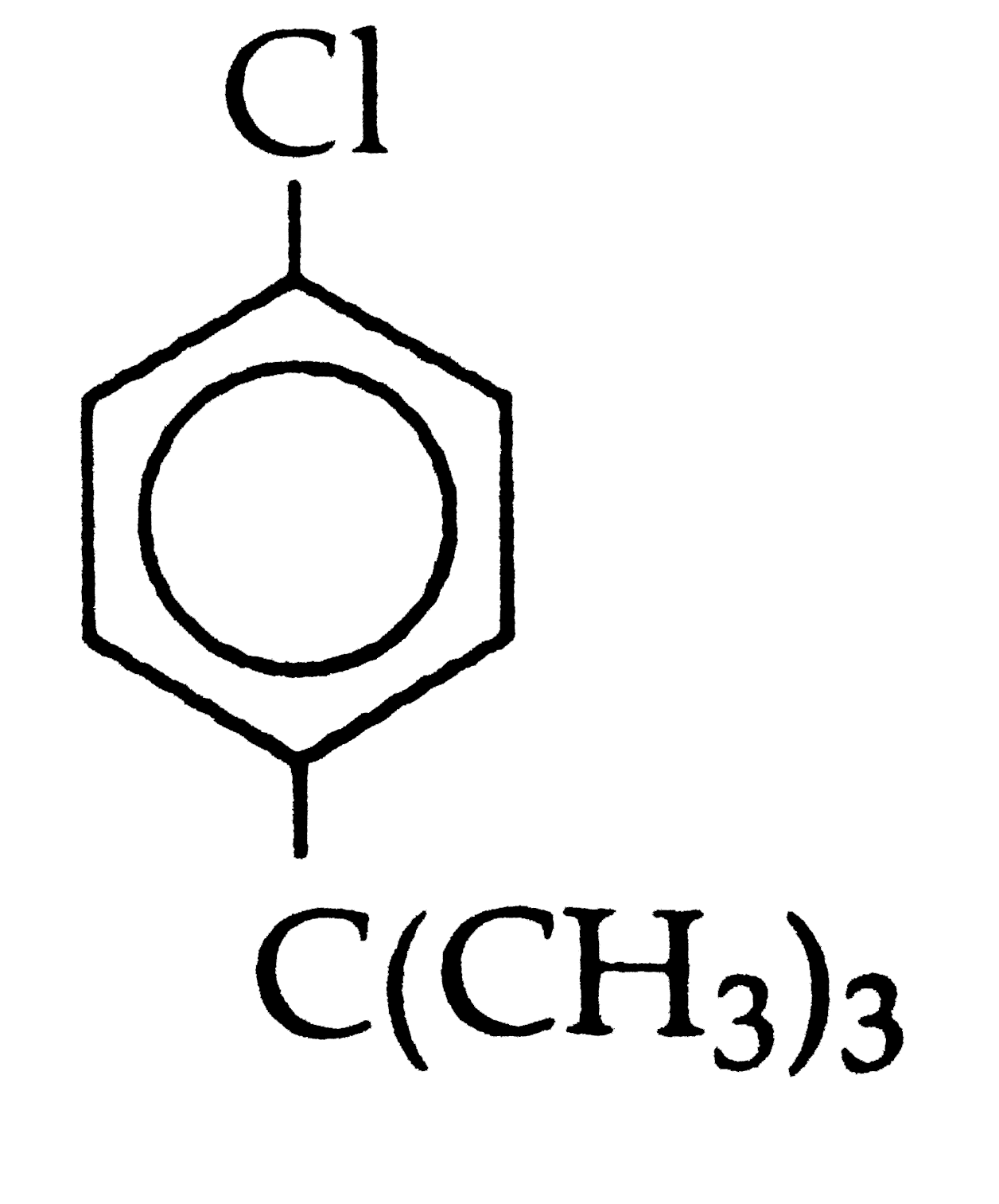 B
B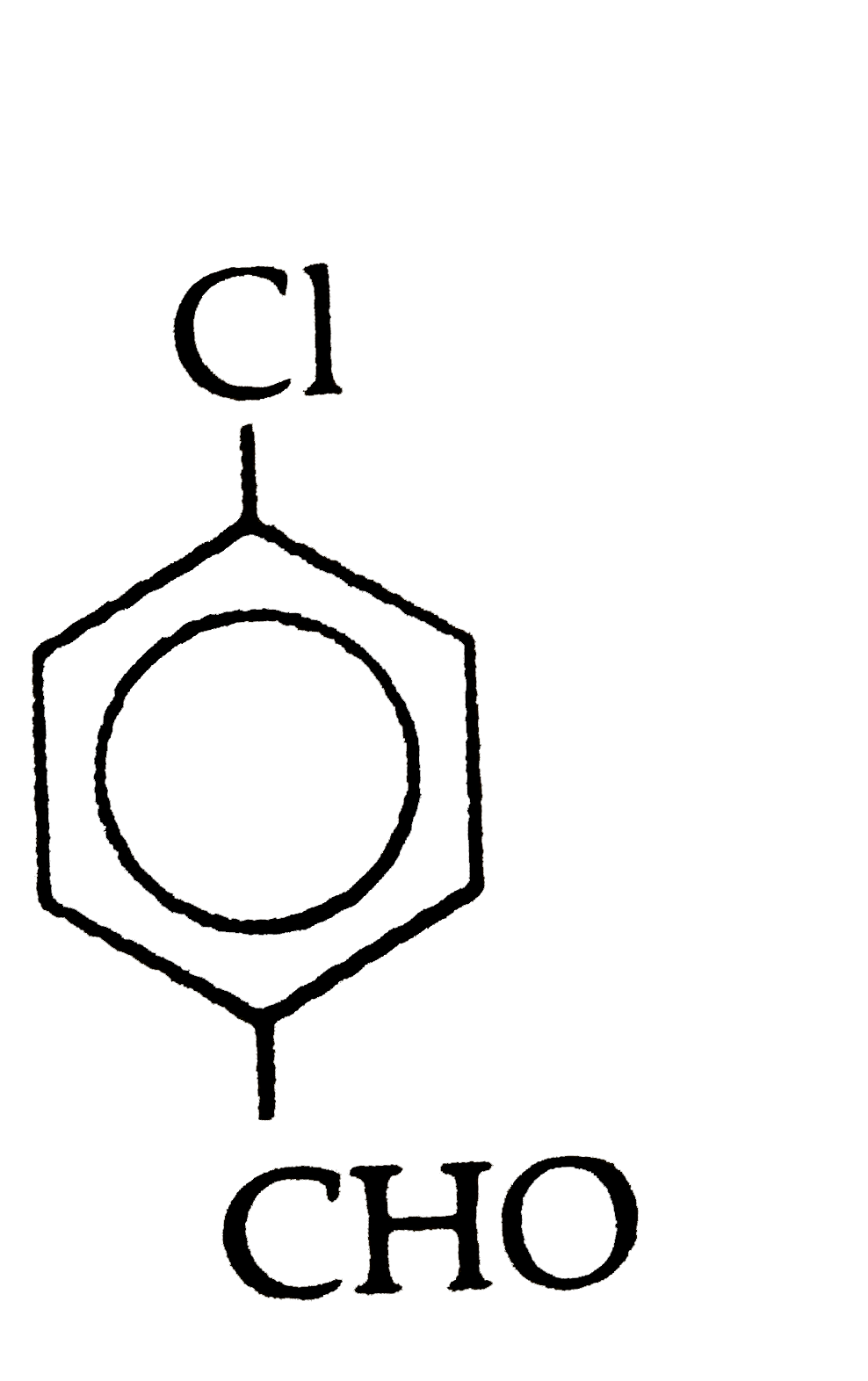 C
C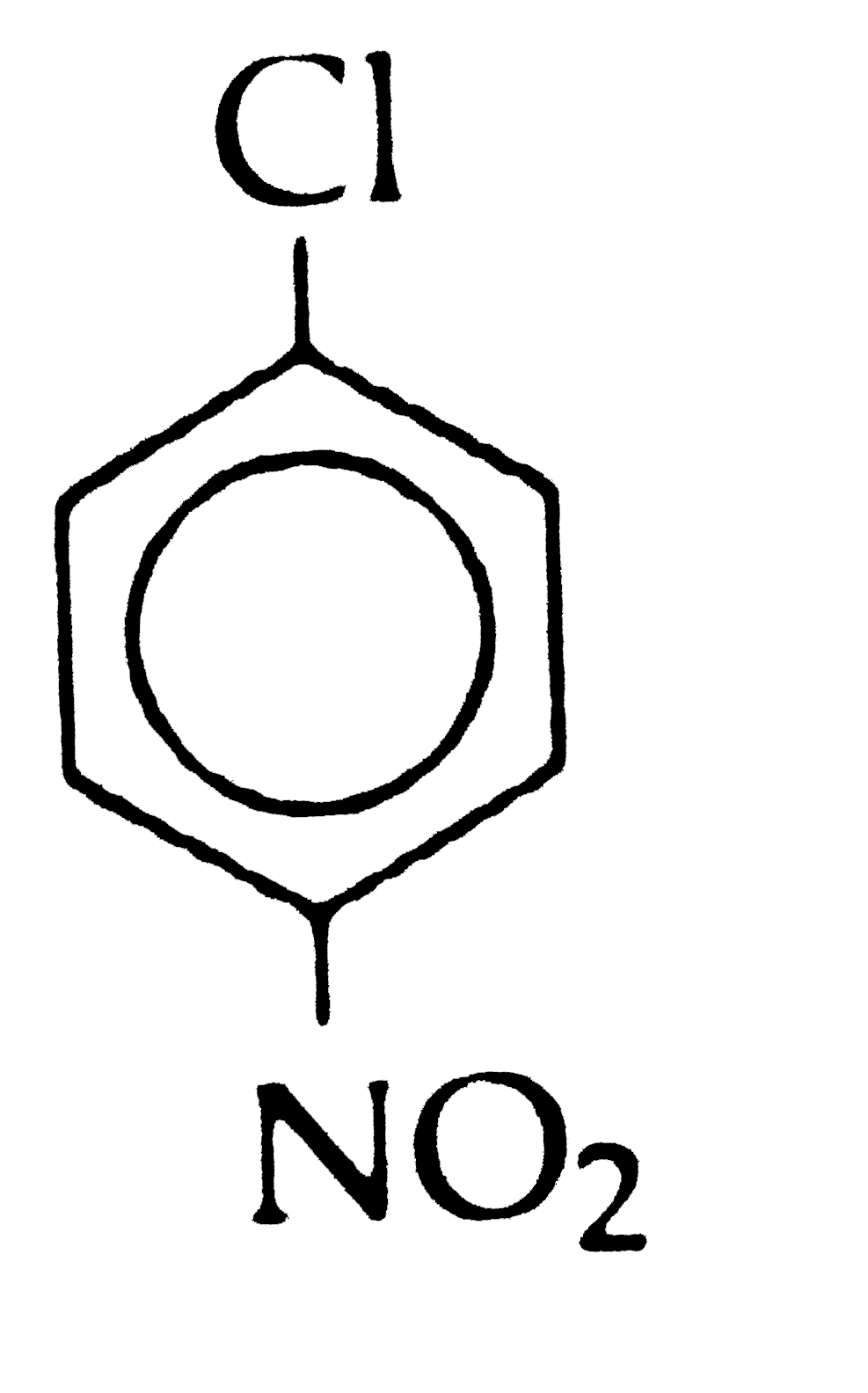 D
D
The example of an electrophilic substitution reaction is
A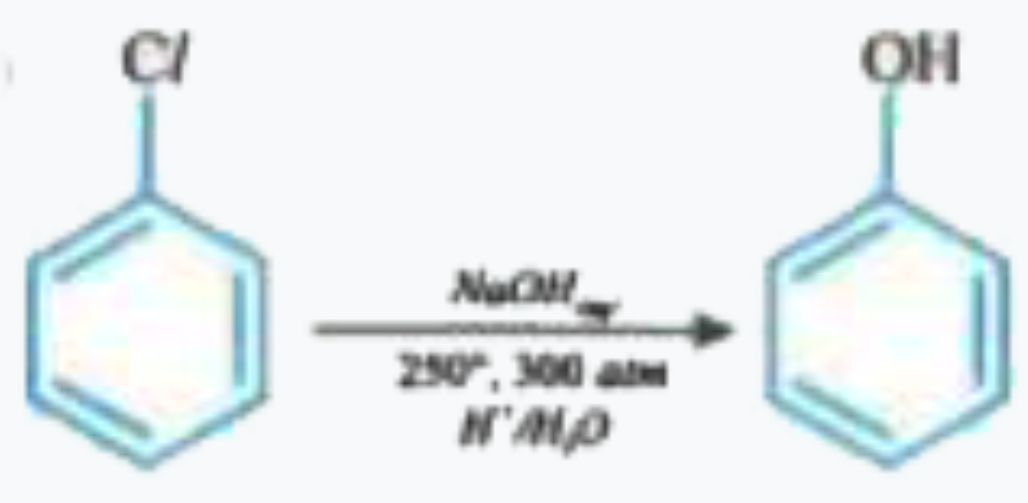 B
B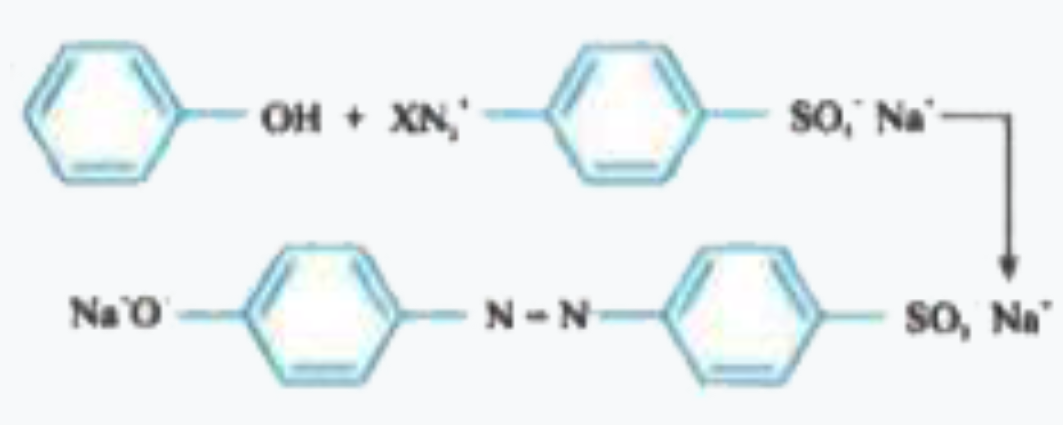 CH2C=CH−CH3HBr−−−−→peroxide
CH2C=CH−CH3HBr−−−−→peroxide
Br2−CH2−CH2−CH3DH2CH2−CH2−O∣∣C−CH3
Electrophilic Substitution Reactions
View SolutionIn electrophilic substitution reactions of haloarenes, halogen atom is
View SolutionHaloalkanes undergo nucleophilic substitution reactions while haloarenes undergo electrophilic substitution reactions. Explain.
View SolutionWhy are haloalkanes more reactive towards nucleophilic substitution reaction than haloarenes?
View SolutionHaloalkanes Haloarenes - Chemical Reactions|Nucleophilic Substitution Reactions|Summary Of Nucleophilic Substitution Reactions|NCERT Questions|Nucleophilic Substitution Reactions In Haloarenes|Question|OMR|Summary
View Solution
